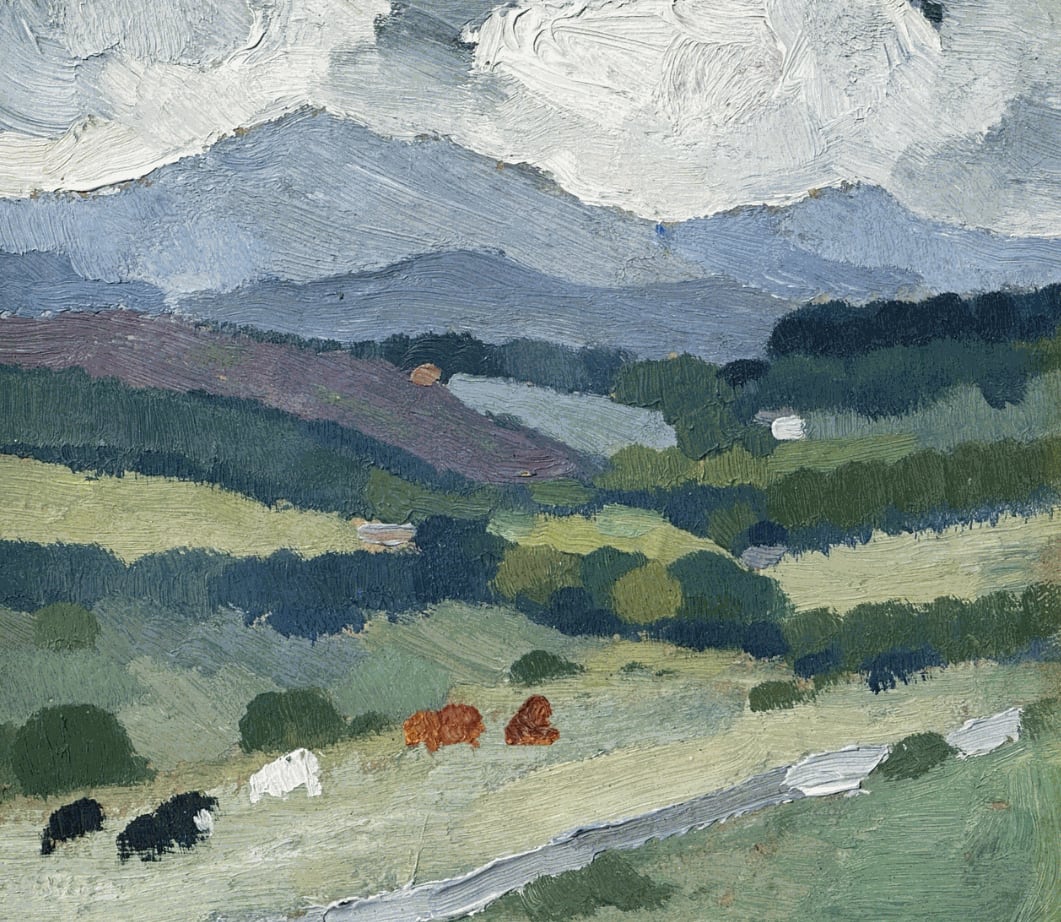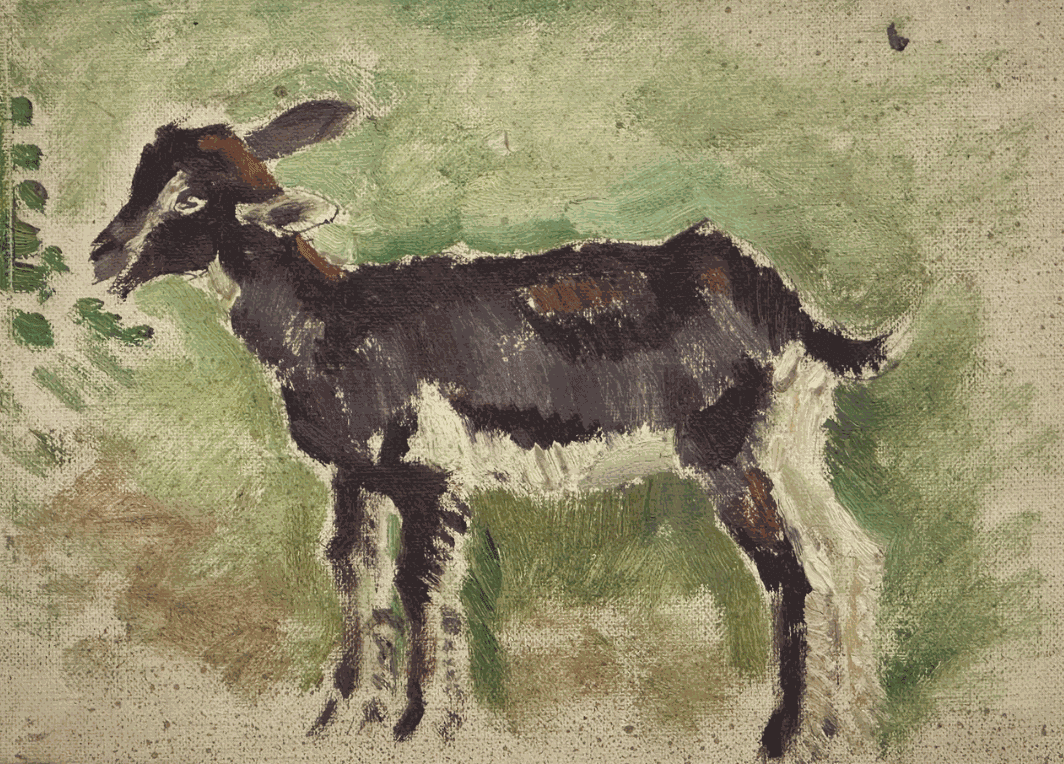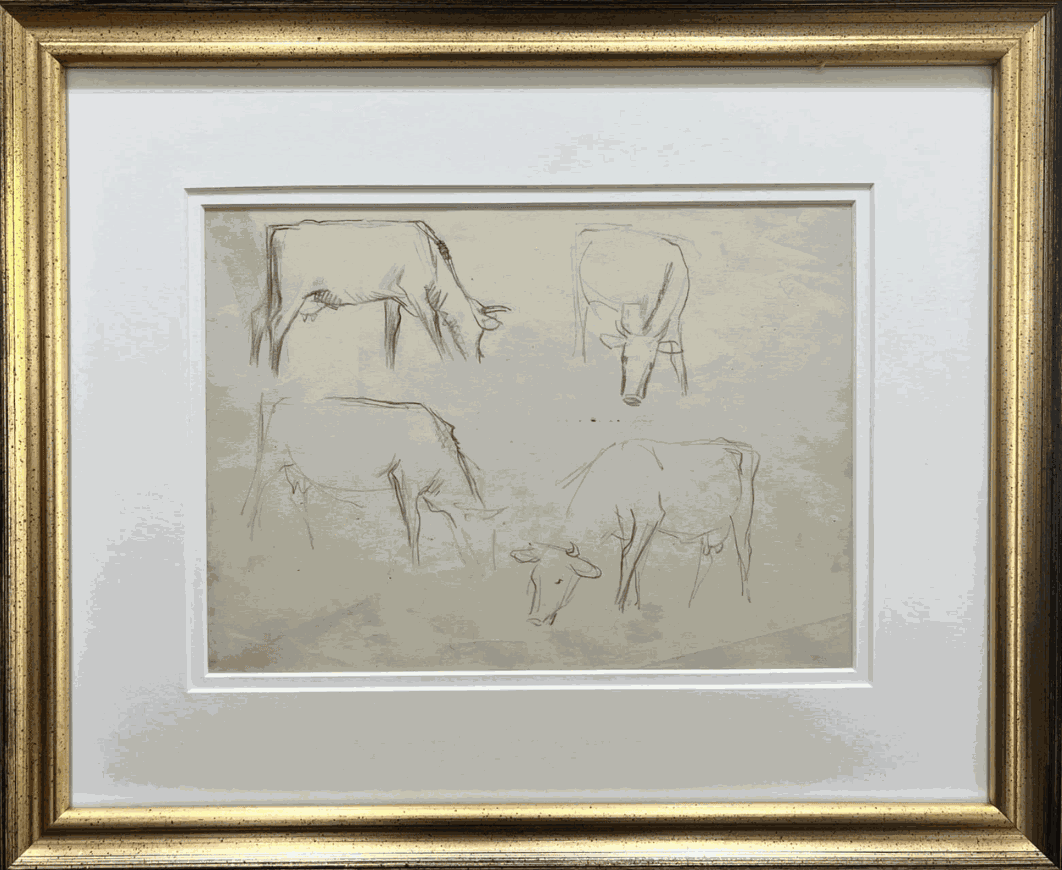Early Life in France
Born in 1876 in Saint-Étienne, a French town wrapped in industry, Pierre Adolphe Valette was shaped early by both academic tradition and emerging avant-garde movements. He trained at the École Municipale de Beaux-Arts in Bordeaux under Léon Bonnat, where the curriculum favoured precision, yet the streets told a different story — hazy with movement, blurred by gaslight, and teeming with Impressionist ideas.
By the time he reached Paris in the early 1900s, Impressionism was no longer radical, yet still deeply influential. Valette’s early sketches, many of them lost or seldom seen, suggested a painter already intrigued by the tension between form and atmosphere. He wasn’t trying to mimic Monet or Sisley. Instead, he seemed drawn to something more urban, fog, rain, silence, which, strangely, would find its full expression not in France, but in the heart of industrial Britain.
Move to Manchester

In 1905, Valette arrived in Manchester not as a celebrated painter, but as an émigré seeking opportunity. The city was grimy, kinetic, and pulsing with industry, yet it carried a kind of muted grandeur that caught his eye. Within two years, he had joined the Manchester School of Art as a teacher. It’s there he found stability, and arguably, his voice.
The school, modest in size but rich in artistic ambition, gave Valette room to explore. He painted not idealised landscapes but the very streets he walked, soaked pavements, horse-drawn carts disappearing into fog, buildings blurred at their edges like memories, all portrayed through a French Impressionist's eyes.
His early exhibitions didn’t stir immediate fanfare, yet collectors noticed. A new kind of Manchester Impressionism had arrived. French in origin, Northern in soul.
Style and Approach

Pierre Adolphe Valette’s original artwork sits somewhere between the ephemeral delicacy of the French Impressionists and the grounded realism of Britain’s industrial painters. Yet what makes him singular, especially among early 20th-century British artists, is that he didn’t try to romanticise Manchester. He rendered it truthfully, just with more softness than soot.
Fog, for Valette, wasn’t just weather but a compositional tool. He used it to blur outlines, to dissolve harsh architecture into atmosphere, and to create the illusion of movement in otherwise still scenes. Light, often diffused through a haze, pooled rather than pierced. It’s no surprise his work has been called dreamlike, though it was, in many respects, closer to observation than imagination.
Unlike Monet’s lily ponds or Renoir’s Parisians, Valette chose warehouses, canals, and city squares. Which his palette echos in silvery greys, ochres, and soft violets layered across the canvas. In a way, he translated French Impressionists in Britain and the result wasn’t pastiche. It was something new.
Examples of Work

-
Field Worker
Field Worker by Pierre Adolphe Valette showcases his impressionistic style, using soft brushwork and subtle light to capture a moment of rural life. Valette’s approach reflects a quiet respect for everyday scenes and working people. The painting is both atmospheric and intimate, characteristic of his ability to find beauty in the ordinary
-
Study for Cab All Saints
Valette uses a muted palette and fluid brushwork to capture the atmosphere of early 20th-century Manchester. The impressionistic study depicts a horse-drawn cab set against a misty urban backdrop, emphasising light and mood over detail. It reflects Valette’s talent for turning everyday city scenes into evocative, poetic compositions.
Each piece tells us something subtle, that Valette's cityscapes weren’t attempts at exact likeness, but at emotional fidelity. They showed not how Manchester looked, necessarily, but how it felt.
Influence and Legacy in Manchester

Valette’s legacy in Manchester isn’t just painted but passed on. His teaching at the Manchester School of Art quietly shaped the visual language of Northern modernism. Most famously, it’s where he encountered a student named Laurence Stephen Lowry.
Valette and L.S. Lowry formed an artistic connection that was, by all accounts, understated but influential. Valette encouraged close observation and atmospheric nuance, not through rigid instruction, but through example. Lowry once remarked that Valette showed him “how it should be done.” While their styles diverged, the sensibility lingers. Both men captured Manchester not just as a location, but as a feeling.
Beyond his impact on individuals, Valette helped shift the city’s artistic identity. His work elevated urban scenes to the level of fine art, something relatively rare at the time. In doing so, he expanded the visual narrative of Manchester itself.
Legacy
Valette’s influence hasn’t dimmed, if anything, it’s become more visible with time. His paintings now hold space in major regional collections, including Manchester Art Gallery, where they serve as touchstones for a distinctly Northern branch of Impressionism. His role, once overshadowed by more prominent French names, has since been reassessed.
Art historians and collectors now view him not merely as a footnote to L.S Lowry’s artwork and story, but as a pivotal figure in his own right, someone who bridged continental technique with industrial subject matter. That kind of dual legacy is rare.
In the context of Manchester’s artistic heritage, Valette isn’t just remembered — he’s regarded. And with the continued interest in early 20th-century British artists, his work feels increasingly relevant.
Valette’s story, moving from the boulevards of France to the brickwork of Manchester, is less about relocation and more about reinterpretation. His vision shaped a city’s image, one soft brushstroke at a time. To see how that influence still resonates, a visit to Contemporary Six to view a range of work might just be the next step.

